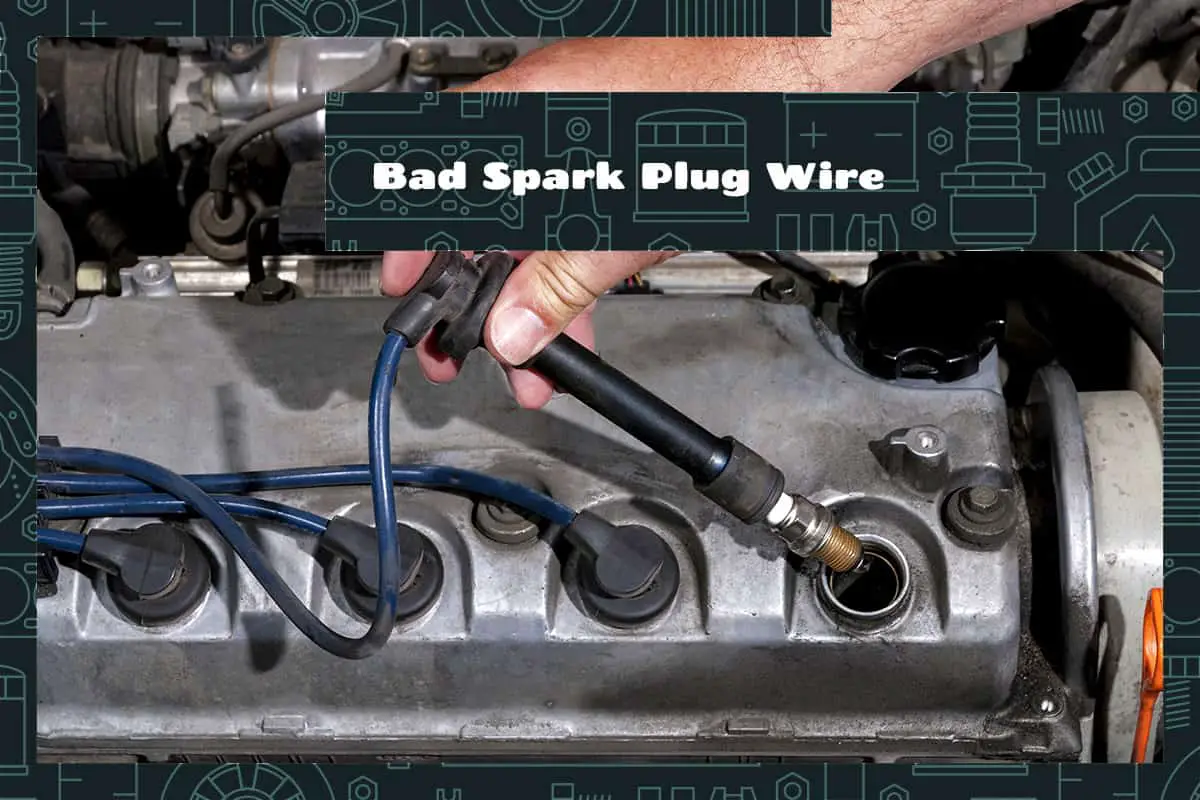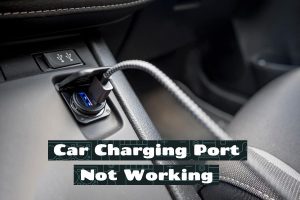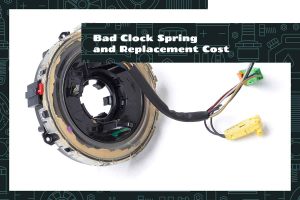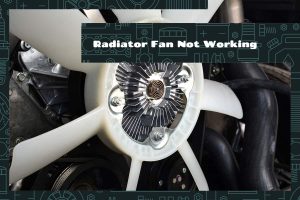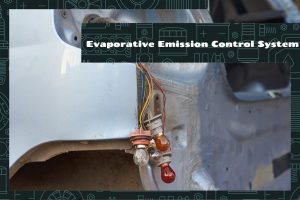Spark plug wires transfer the electrical current from your car’s coil to its spark plugs. When they function correctly, your engine runs smoothly, but when they fail, it can lead to a myriad of problems. Identifying a bad spark plug wire is the first step toward facing unnecessary hassles down the line.
The following symptoms usually indicate a bad spark plug wire:
- Engine misfires
- Reduced fuel efficiency
- Rough idling
- Unusual engine noises and vibrations
Today, we’ll learn about spark plug wires, focusing on the symptoms of a problematic wire and how to address the issue.
Importance of Spark Plug Wires
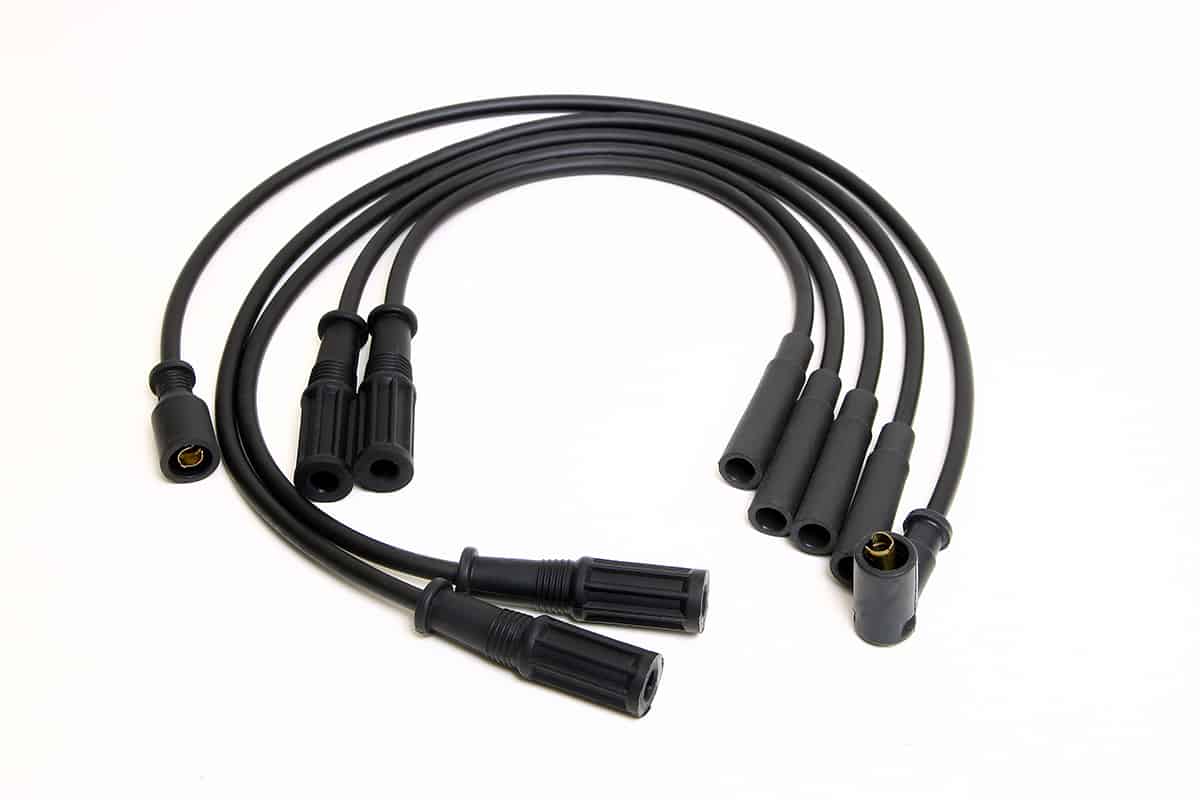
The engine is the heart of your car, and spark plug wires are key arteries that ensure its health. These wires carry a high voltage current that sparks the combustion necessary to move the pistons. This combustion process is the power behind your vehicle’s movement, enabling it to accelerate and maintain speed.
Each time you turn the ignition key, the battery sends voltage to the ignition coil. The coil amplifies this energy and sends it along the spark plug wires to the spark plugs. The plugs then create a spark that ignites the air-fuel mixture in the combustion chamber. This ignition is what sets the engine’s pistons in motion, ultimately resulting in the car’s movement.
Without properly functioning spark plug wires, the electrical energy might not reach the spark plugs, or it might reach them inconsistently.
Symptoms of a Bad Spark Plug Wire
Recognizing the signs of a bad spark plug wire can help you prevent more severe issues with your vehicle.
1. Engine Misfires and Performance Issues
The ignition system relies heavily on the spark plug wires to deliver the voltage from the ignition coil to the spark plugs. A degraded or faulty spark plug wire can disrupt this flow of electricity, leading to weak or inconsistent sparks. These weak sparks can result in incomplete combustion, causing the engine to misfire.
2. Reduced Fuel Efficiency
Faulty wires can lead to inefficient combustion, meaning the engine must work harder to deliver the same power. This increased effort results in higher fuel consumption.
If you notice your vehicle is using more fuel than usual, it’s worth inspecting your spark plug wires. Improved fuel efficiency not only saves you money at the pump but also contributes to a cleaner environment by reducing CO2 emissions.
3. Rough Idling and Acceleration Problems
When the engine is running but the vehicle is not in motion (such as when you’re stopped at a red light), it’s said to be ‘idling.’ During idling, you should feel a smooth and consistent vibration from the engine. If the engine starts to shake or vibrate excessively, it’s referred to as ‘rough idling,’ which can indicate a problem with the spark plug wires.
Similarly, you may experience problems during acceleration. If your car hesitates or stutters when you step on the gas, it could be due to a failure in the spark plug wires.
4. Increased Emissions and Failed Emissions Test
The disruption in the combustion process caused by bad wires leads to a higher amount of unburned fuel exiting the vehicle through the exhaust system. This not only contributes to environmental pollution but can also cause your vehicle to fail an emissions test.
5. Engine Noise and Vibrations
When these wires fail, the engine may produce a sputtering sound or a noticeable shaking. This is often more pronounced during acceleration or when the vehicle is under load, such as when climbing a hill or carrying heavy cargo.
6. Check Engine Light
These symptoms might also be accompanied by a ‘Check Engine’ light. While this light can indicate a variety of issues, coupled with the symptoms above, it’s a strong sign that your spark plug wires need attention.
How to Replace Bad Spark Plug Wires
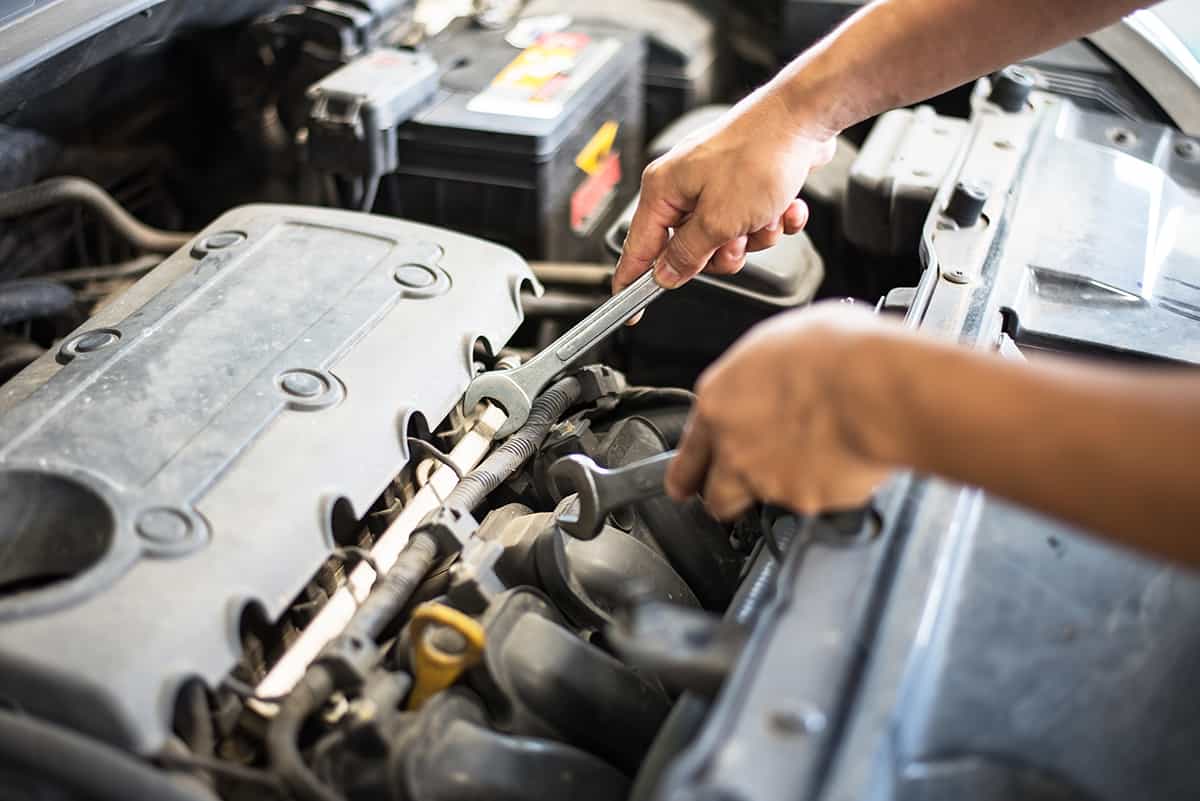
Bad spark plug wires can lead to various engine problems, but fortunately, replacing them is a task you can handle yourself with the right tools and guidelines.
What You’ll Need
Before starting, gather the necessary tools. You’ll need a new set of spark plug wires compatible with your vehicle model, a spark plug wire puller, a spark plug socket, a socket wrench, a wire crimping tool (if applicable), and dielectric grease.
Step 1. Preparation
For safety, always disconnect the battery before beginning any work on the vehicle’s electrical system. Ensure the engine is off and cool to avoid burns. You might find a headlamp useful for seeing into darker parts of the engine bay.
Step 2: Identify and Remove the Bad Spark Plug Wire
Inspect the wires for physical damage such as cracks, cuts, burns, or corrosion. Also, look for loose connections or wires that are not securely seated on the spark plugs or ignition coil.
Once you’ve identified the faulty wire, use the spark plug wire puller to gently remove it. The puller helps prevent damage to the wire or the connector. Never pull on the wire itself as this can lead to internal damage.
Step 3: Measure and Prepare the New Wire
If the new wires aren’t pre-cut to the right length, you’ll need to measure them against the old wires. Ensure they’re the correct length to avoid tension or loose connections.
Apply a small amount of dielectric grease to the inside of the connectors at both ends of the new wire. The grease improves the electrical connection and prevents corrosion.
Step 4: Install the New Spark Plug Wire
Firmly press the new wire onto the spark plug until you hear a click, indicating it’s securely connected. Then, attach the other end of the wire to the ignition coil. Ensure the wire is not touching any hot or moving parts of the engine to avoid damage.
Repeat the process for any other wires you’re replacing. Replace one wire at a time to avoid mixing up the firing order.
Step 5: Check Your Work
After replacing all the necessary wires, double-check your work. Ensure all wires are securely connected and in their proper place. There should be no loose or dangling wires.
Step 6: Reconnect the Battery and Test
Reconnect the battery and start the engine. Listen for any unusual sounds and watch for any misfires. If the engine runs smoothly and the symptoms you were previously experiencing have disappeared, you’ve successfully replaced your bad spark plug wires.
FAQs
1. What causes spark plug wires to go bad?
Spark plug wires can go bad due to several reasons.
- Age and wear are the most common factors. The wire’s insulation can degrade due to heat, vibration, and exposure to harsh engine chemicals. This degradation can lead to a loss of electrical insulation, causing shorts and misfires.
- Physical damage such as cuts, burns, or corrosion can impair a wire’s performance. Regular inspections can help you catch these problems early before they lead to significant engine issues.
2. Are all spark plug wires the same?
No, not all spark plug wires are the same. They come in various types and sizes to suit different vehicle models and engine requirements. The primary difference between them is their construction and resistance.
- Standard resistor wires, also known as solid core wires, are generally used in older vehicles and some racing applications. They have low resistance but can interfere with electronic equipment due to radio frequency interference (RFI).
- Suppressor wires, or carbon-core wires, are the most common type used in modern vehicles. They have high resistance that reduces RFI, ensuring electronic components function without interference.
- Spiral-core wires are a hybrid of the two. They have low resistance like solid core wires but also suppress RFI like suppressor wires. They’re often used in high-performance applications.
